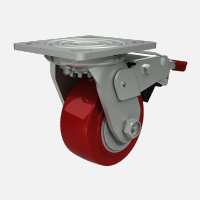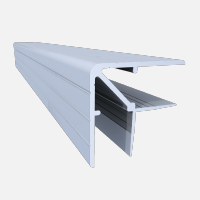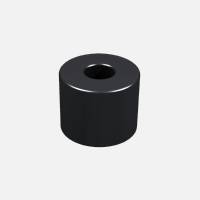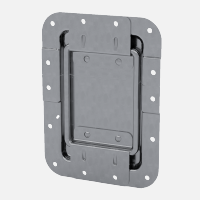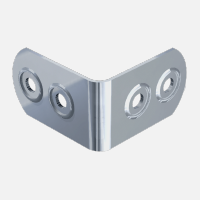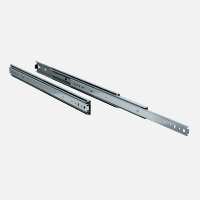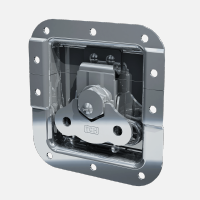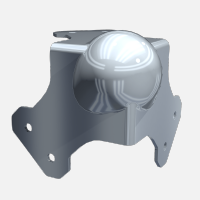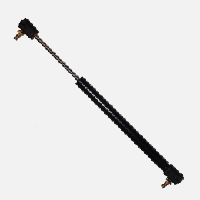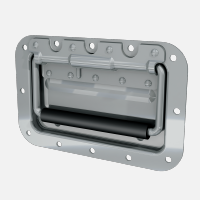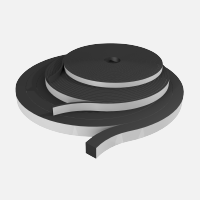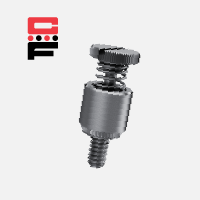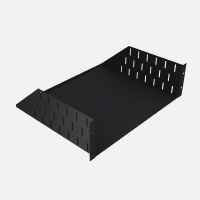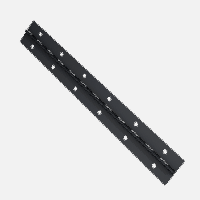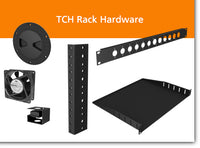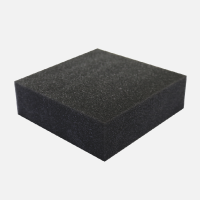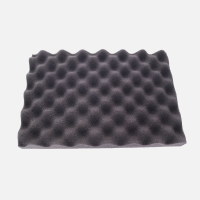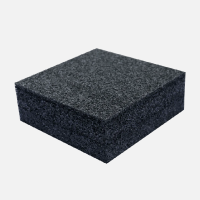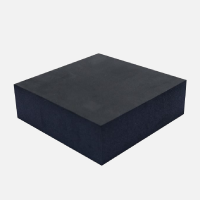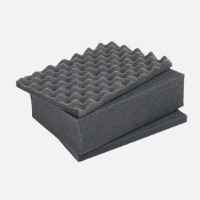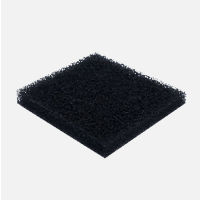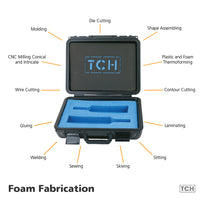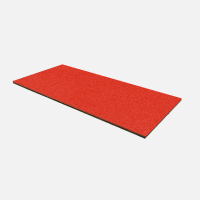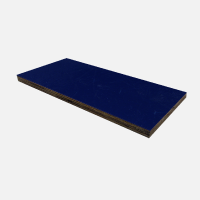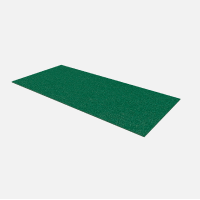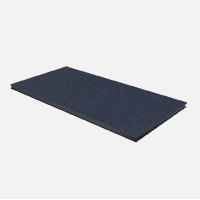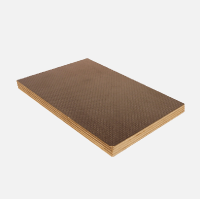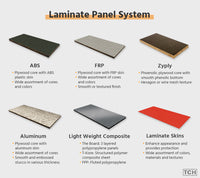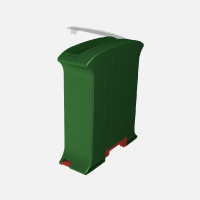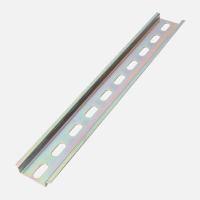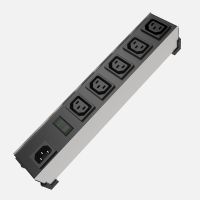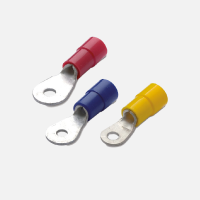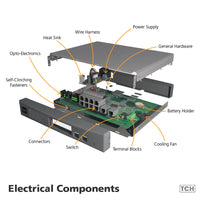Anti-Static Foam Solutions for Safe and Secure
Handling
TCH provides a variety of high-quality
anti-static foam alternatives, prioritizing the protection of electronic equipment from electrostatic
disruptions. Our solutions serve a wide range of industries, from consumer electronics to space
exploration, where the integrity of electronic components is crucial. Clients trust us to deliver
reliable anti-static measures
In environments where electrostatic
discharge can damage sensitive electronics or components, anti static foam plays a vital role. This
material is engineered to dissipate static charges, protecting delicate equipment during storage,
handling, and transport.
Used across industries such as
electronics manufacturing, aerospace, and medical device packaging, antistatic foam ensures product
integrity and supports compliance with ESD-safe standards. Available in several formats—including anti
static plank foam and anti static foam sheets—this material offers flexible solutions for a wide range
of applications
Advantages of Our Electrostatic Discharge (ESD) Foam
Our range of products, including anti
static foam sheets and anti-static plank foam, is designed to optimize the protection of sensitive
electronics. Here are the key benefits of our foam:
- Effective Static Control: Our
foams are specifically designed to mitigate static electricity, thereby shielding electronics from
the risks associated with electrostatic discharge.
- Resilience and Longevity:
Crafted from superior polyethylene, our foams boast durability and are built to last, providing
consistent performance.
- Flexible Applications: Our
products are versatile enough to be utilized in various settings, from packaging delicate electronic
parts to their incorporation in assembly lines.
Key Features of Our Electrostatic Discharge (ESD) Foam
We pride ourselves on the distinctive
features of our antistatic foam offerings:
- Tailored Solutions: Our foam
can be customized into diverse configurations to fit the unique requirements of each client
perfectly.
- Regulatory Compliance: Our
foams adhere to rigorous industry norms, ensuring they meet high standards of safety and quality.
- Eco-friendly Options: We are
committed to sustainability, offering recyclable foams that minimize environmental footprint while
protecting your investments.
Use Cases for Anti-Static Foam
Our anti static plank foam is versatile,
with several key applications:
- Secure Packaging: Essential
for the packaging of electronic goods, it ensures that they are insulated from static harm
throughout transportation.
- Assembly Line Integration:
This is utilized in manufacturing settings to prevent the accumulation of static electricity on
electronic components.
- Effective Storage: It creates
an anti-static environment for the safe storage of electronic items over time.
Why Anti-Static Foam Matters for Sensitive Equipment
Anti-static foam combines cushioning
with static control to prevent costly damage. Unlike regular foam, it contains conductive or
dissipative properties that redirect static electricity safely away from sensitive components.
Common applications include:
- Electronic component packaging: Keeps
circuit boards, chips, and devices safe from ESD during shipping and storage.
- Tool control inserts:
Custom-cut anti-static foam sheets organize and protect precision tools used in ESD-sensitive
zones
- Medical and lab equipment:
Protects diagnostic tools or sensitive instruments in transport cases and trays.
- Assembly and repair stations:
Acts as surface padding to protect parts during handling.
Whether die-cut or CNC-fabricated,
anti-static foam products can be customized to specific shapes and densities, delivering the right
balance of cushioning and charge dissipation.
Material Features of Anti-Static Foam
- Static Dissipation:Neutralizes electrostatic buildup to protect electronics and components.
- Durability:
Withstands repeated handling without losing its structure or effectiveness.
- Custom Fabrication:
Cuts cleanly and holds its shape, ideal for trays, inserts, and product displays.
- Versatility:
Available in multiple thicknesses, colors, and sheet sizes.
How Our Anti-Static Foam Solutions Work
Over the last 40 years, our company has
become the leader in anti-static technology. As a trusted supplier, our customers praise our foam's
ability to secure high-value electronics. As part of our customer support services, we will assist you
in selecting the perfect foam solution for your particular application. Our relentless innovation
ensures we stay ahead, continuously improving our foam's effectiveness and adapting to the evolving
needs of the technology sector.
Final Thoughts
The anti-static foam solutions we
deliver will go beyond meeting your expectations and enhance your operational efficiency. You can rely
on our dedication to quality, customer satisfaction, and environmental responsibility for all of your
anti-static needs. Protect your electronic investments from static damage. Reach out to us now to
explore how our electrostatic discharge (ESD) foam solutions can be tailored to your specific
requirements. Choose our anti static foam and gain a proactive partner committed to the safety and
longevity of your electronic components.
